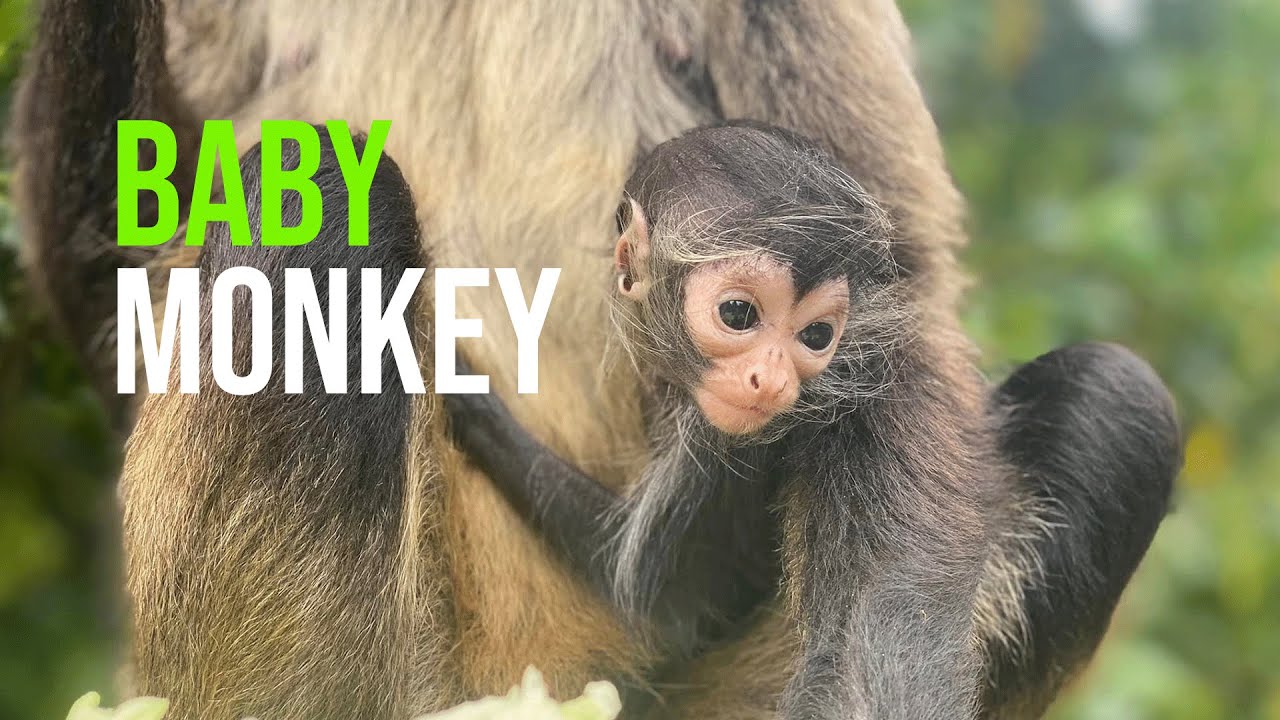– Understanding the physiological phenomenon of baby monkey hiccups
– Insights into the role of video documentation in wildlife observation and conservation efforts
– Exploring the implications of such behaviors on the wellness and management of primates in captivity
– Highlighting the importance of educational content in raising awareness about primate species and their conservation needs
Hiccups in baby monkeys represent a fascinating aspect of animal physiology that offers a window into the complexity of wildlife behaviors and their implications for zoo management and conservation efforts. Though seemingly trivial, this occurrence sheds light on the biological processes underpinning primate development and health. Video documentation of these behaviors captivates audiences and is pivotal in advancing our understanding of primate care and conservation.
One cannot overemphasize the significance of observing hiccup bouts in baby monkeys. These involuntary contractions of the diaphragm, followed by a rapid closure of the vocal cords, produce the characteristic hiccup sound familiar to humans and observed in other species. Understanding this physiological phenomenon provides valuable insights into primate health and development. For instance, hiccups might indicate digestive processes or reactions to specific foods, carrying implications for dietary management in both wild and captive settings.
Video recordings of baby monkey hiccups serve multiple purposes. They not only capture the attention of a broad audience, fostering a connection with wildlife but also provide researchers and zookeepers with vital data on the health and behaviors of these animals. Engaging content like baby monkey hiccups videos aids wildlife conservation groups in their public education efforts, drawing attention to the needs and conditions of primate species. These videos can inspire conservation action and support for zoological institutions by highlighting such endearing aspects of primate life.
Understanding and documenting behaviors like hiccups is essential in the context of zoo management and primate care. It aids in refining care practices to suit the specific needs of different primate species. In captivity, the wellness of primates is paramount; observing and interpreting behaviors, including seemingly minor ones like hiccups, helps identify deviations from normal health conditions. This vigilance ensures that captive primates receive appropriate medical attention and dietary adjustments as needed, contributing to their overall well-being.
Moreover, educational content centered around intriguing aspects of primate behavior, such as baby monkey hiccups, plays a crucial role in conservation education. By engaging the public’s interest and empathy, such content becomes a powerful tool in wildlife conservation efforts. It underscores the inherent value of these creatures and the urgent need to protect their habitats from threats such as deforestation, hunting, and climate change. The fascination sparked by watching a baby monkey experience hiccups can lead to a deeper public commitment to supporting primate conservation initiatives, both locally and globally.
Through a detailed exploration of baby monkey hiccups, this article sheds light on the intersection of animal physiology, zoo management, wildlife conservation, and educational outreach. By offering an in-depth analysis of such behaviors, we underscore the interconnectedness of these fields in ensuring the survival and well-being of primate species. Videos of baby monkey hiccups and similar behaviors enrich our understanding of primate physiology and underscore the importance of zoological research and the need for public engagement in conservation efforts. By fostering a deeper appreciation and understanding of wildlife, such content can energize conservation initiatives, ensuring that future generations may continue to learn from and enjoy the rich diversity of primate species that inhabit our planet.
*****
Source Description
Is there anything cuter than a baby Spider Monkey with the hiccups? We think not.
@WellingtonZooTrust Wellington Zoo’s (New Zealand) newest arrival is an ambassador for the plight of the endangered Spider Monkey population. One of the greatest threats to the population is deforestation.
One simple thing we can all do to help is purchase paper and wood products with the Forest Stewardship Council (FSC) logo. This means you’re supporting sustainably sourced products that haven’t come from the homes of wild animals.
Video: Wellington Zoo Keeper Courtney


